Documents on Auschwitz
|
Robert van Pelt
Eminent Dutch author of Auschwitz: 1270 to the Present
(Yale University Press)
Robert Jan van Pelt, Professor of Cultural History, School of Architecture, University of Waterloo, Ontario Canada N2L 3G1
|
 |
Auschwitz: 1270 to the PresentRobert Jan Van Pelt
Deborah Dwork
|
 WHEN Auschwitz was transformed into a museum after the war, the decision was taken to concentrate the history of the whole complex into one of its components parts. The infamous crematoria where the mass murders had taken place lay in ruins in Birkenau, two miles away. The committee felt that a crematorium was required at the end of the memorial journey, and Crematorium I was reconstructed to speak for the history of the incinerators at Birkenau. WHEN Auschwitz was transformed into a museum after the war, the decision was taken to concentrate the history of the whole complex into one of its components parts. The infamous crematoria where the mass murders had taken place lay in ruins in Birkenau, two miles away. The committee felt that a crematorium was required at the end of the memorial journey, and Crematorium I was reconstructed to speak for the history of the incinerators at Birkenau. This program of usurpation was rather detailed. A chimney, the ultimate symbol of Birkenau, was re-created; four hatched openings in the roof, as if for pouring Zyklon B into the gas chamber below, were installed, and two of the three furnaces were rebuilt using original parts. There are no signs to explain these restitutions, they were not marked at the time, and the guides remain silent about it when they take visitors through this building that is presumed by the tourist to be the place where it happened. This program of usurpation was rather detailed. A chimney, the ultimate symbol of Birkenau, was re-created; four hatched openings in the roof, as if for pouring Zyklon B into the gas chamber below, were installed, and two of the three furnaces were rebuilt using original parts. There are no signs to explain these restitutions, they were not marked at the time, and the guides remain silent about it when they take visitors through this building that is presumed by the tourist to be the place where it happened.
 From: Auschwitz: 1270 to the Present, Robert Jan van Pelt and Debórah Dwork, Yale University Press, London 1996, p. 364. From: Auschwitz: 1270 to the Present, Robert Jan van Pelt and Debórah Dwork, Yale University Press, London 1996, p. 364.
Pelt Index |

David Irving notes:
Jan Van Pelt is to be called as an expert witness by Professor Deborah Lipstadt‘s defence lawyers in my libel action against her. I invite my many friends in the academic world to contribute now what they know about this Holocaust scholar.
|
© Focal Point 1999 

 write to David Irving
write to David Irving




